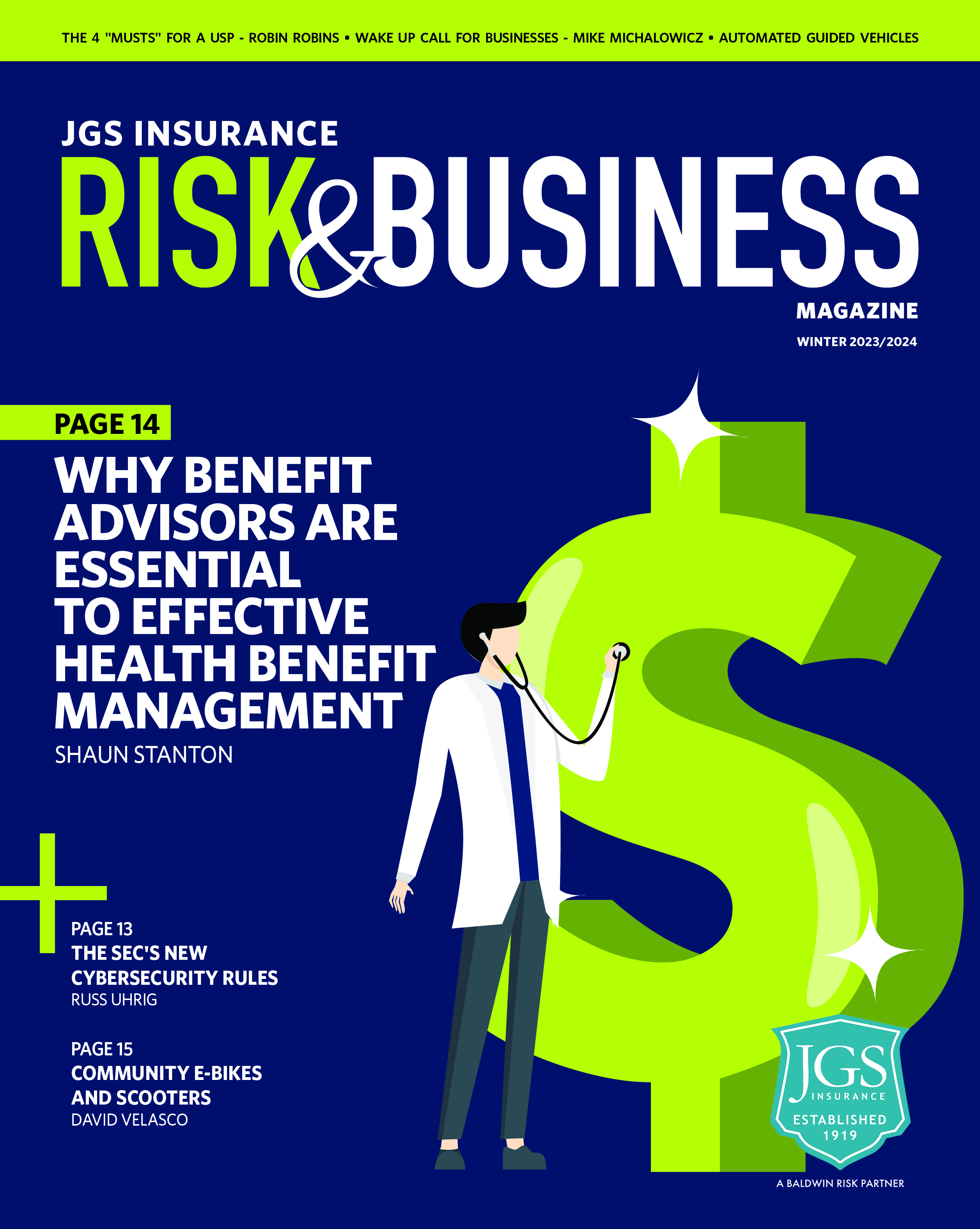By Gwenyth P. Luu, Director – Commercial Lines
10 Important Issues That Can Impact Coverage
Hurricane season is rapidly approaching. Anyone who has followed the news over the last few years likely remembers the numerous storms which have caused millions (or billions) of dollars in damages and left wreckage in their wake. Protecting property and business assets is a priority for businesses at risk of suffering damage in these storms, and understanding what insurance to have and what issues affect that insurance coverage is an essential aspect of that protection.
Here are 10 things which can have an effect on hurricane insurance coverage:
1) Flood Deductibles – These need to be reviewed in terms of their relationship to the policy as a whole. That is the only way to determine the out-of-pocket exposure a business may face.
2) Named Storm Deductibles – The language in the policy needs to be fully understood, especially when it comes to named storms. The deductibles often carry wording about percentage deductibles, which can often be confusing and vary wildly from insurer to insurer.
3) Off-Premise Power Failure – This issue can lead to business interruption but is not always covered in a typical policy. Many policies have exclusionary wording which leaves these types of expenses out of coverage.
4) Mold, Fungi, and Bacteria Exclusions – Sometimes, simply having moisture in the air is enough to promote mold or bacteria growth. Unfortunately, this type of damage may not be covered if water from the storm did not physically touch the things that were affected. So while a painting may not have been damaged by storm water, it may be destroyed by mold caused by moisture from it.
5) Wind-Driven Rain – Many policies have exclusions for damage caused by water or rain that is blown into an interior without clear exterior damage from the wind.
6) Business Interruption and Period of Restoration – The period of restoration begins when the physical loss or damage occurs; it ends when the property, with reasonable speed, is repaired or replaced. There are many challenges that can play a role in the period of restoration, such as delays in rebuilding or repairing, contract or lease issues, change in designs or upgrades and compliance with building codes.
7) Civil Authority – Prior to potential natural disasters, residents are often asked to evacuate the area. This can lead to business interruption both before and after the event. It is essential to understand exactly how this coverage is triggered and any policy limitations.
8) Dependent Property or Interdependency Claims – These two are often confused. Dependent property is property owned by others which is depended upon by the insured. Interdependency is when an issue at one insured property affects another insured property.
9) Repair or Replace – Determining whether a piece of property should be repaired or replaced is not always as easy as it seems to be at first glance.
10) Contingent Business Interruption – This is meant to cover business interruption when essential suppliers or product chains are cut off to the insured.
Knowing the limitations of your policy and exactly what is covered is an essential aspect of ensuring adequate protection. The last thing any business wants is to have storm damage occur only to find out that it is not covered due to issues in the policy. To further examine these key issues and challenges, give us a call, we can address them so you can achieve the best coverage solution for your business.

